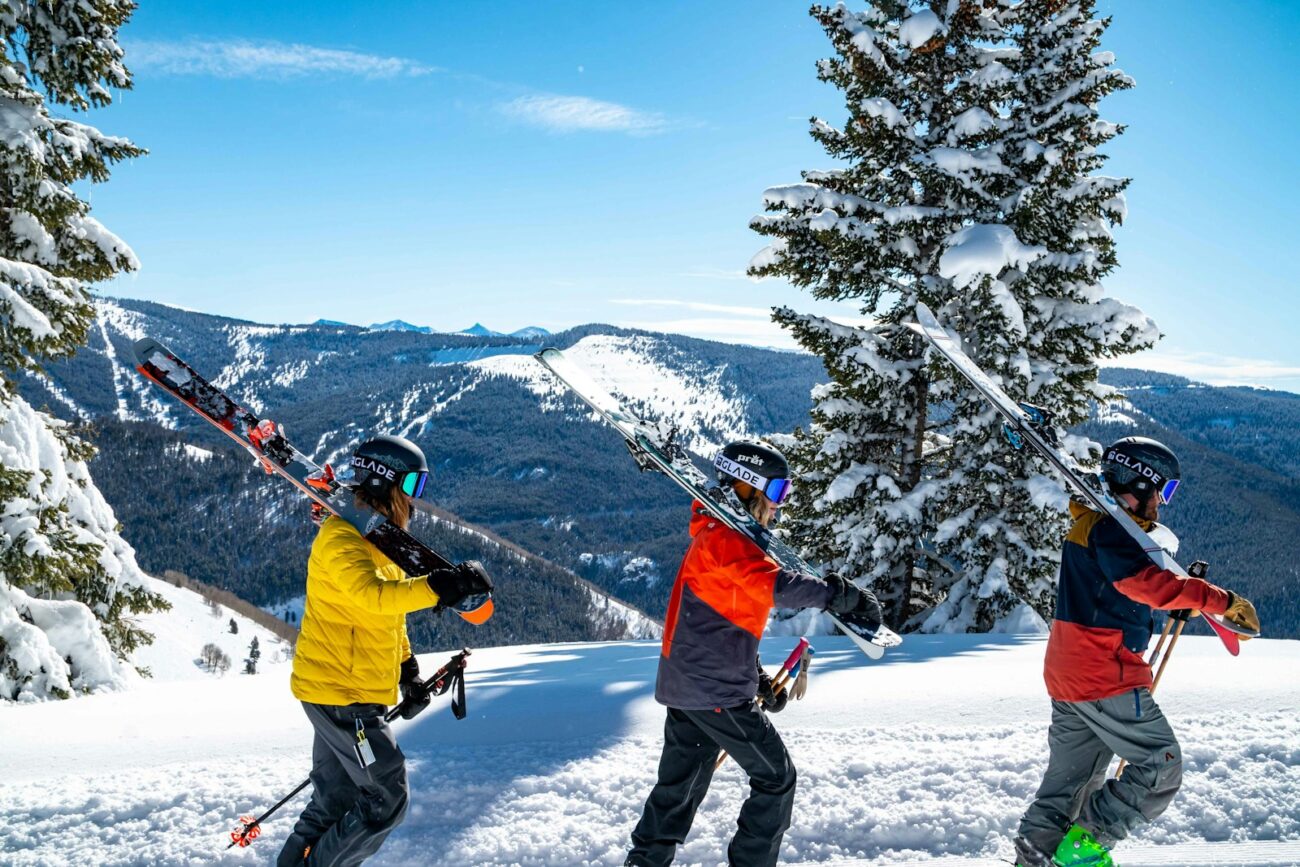As winter blankets the landscape in pristine white, outdoor enthusiasts seek ways to traverse the snow-covered terrain and embrace the serene beauty of the season. Two popular options stand out: cross-country skiing and snowshoeing. Both activities offer unique experiences in winter wonderlands, but they differ significantly in technique, equipment, learning curve, and the type of experience they provide. Whether you’re a seasoned winter adventurer looking to try something new or a newcomer eager to explore snowy landscapes, understanding the distinctions between these winter activities can help you choose the option that best aligns with your interests, fitness level, and outdoor goals.
The Basics: Understanding Cross-Country Skiing

Cross-country skiing, also known as Nordic skiing, involves gliding across snow-covered terrain using skis and poles. Unlike its downhill cousin, cross-country skiing typically takes place on relatively flat or gently rolling landscapes, though it can incorporate uphill and downhill sections. The sport originated thousands of years ago in Scandinavia as a practical means of winter transportation and has evolved into both a recreational activity and competitive sport. Modern cross-country skiing equipment includes lightweight skis that are narrower than downhill versions, boots that connect to the skis at the toe while leaving the heel free (in classic style), and poles that help propel the skier forward. The activity engages virtually all major muscle groups, making it one of the most complete full-body workouts available.
The Basics: Understanding Snowshoeing

Snowshoeing, by contrast, is essentially hiking with specialized footwear designed to distribute your weight over a larger area, preventing you from sinking deep into snow. This traditional mode of winter travel dates back thousands of years and was vital for indigenous peoples in snowy regions across the globe. Modern snowshoes have come a long way from their wooden predecessors, now typically featuring lightweight aluminum frames with synthetic decking and sophisticated bindings that secure your winter boots to the snowshoes. The activity requires no special techniques beyond walking—albeit with a slightly wider stance to accommodate the snowshoes. This accessibility makes snowshoeing immediately approachable for beginners, requiring minimal instruction before heading out on trails.
Learning Curve and Technique

Cross-country skiing presents a steeper learning curve compared to snowshoeing, requiring specific techniques to move efficiently across the snow. Beginners must master the coordination of leg and arm movements, weight transfer, and balance on relatively narrow skis—skills that typically take several outings to develop comfortably. Two main techniques exist in cross-country skiing: classic (moving in a straight line in pre-set tracks) and skate (pushing off at an angle similar to ice skating). Conversely, snowshoeing has a nearly flat learning curve—if you can walk, you can snowshoe with just minutes of instruction. The natural walking motion requires only slight modifications, such as lifting feet a bit higher and maintaining a wider stance to avoid stepping on the snowshoe frames. This immediate accessibility makes snowshoeing particularly appealing to those seeking a straightforward winter activity.
Fitness Benefits and Physical Demands
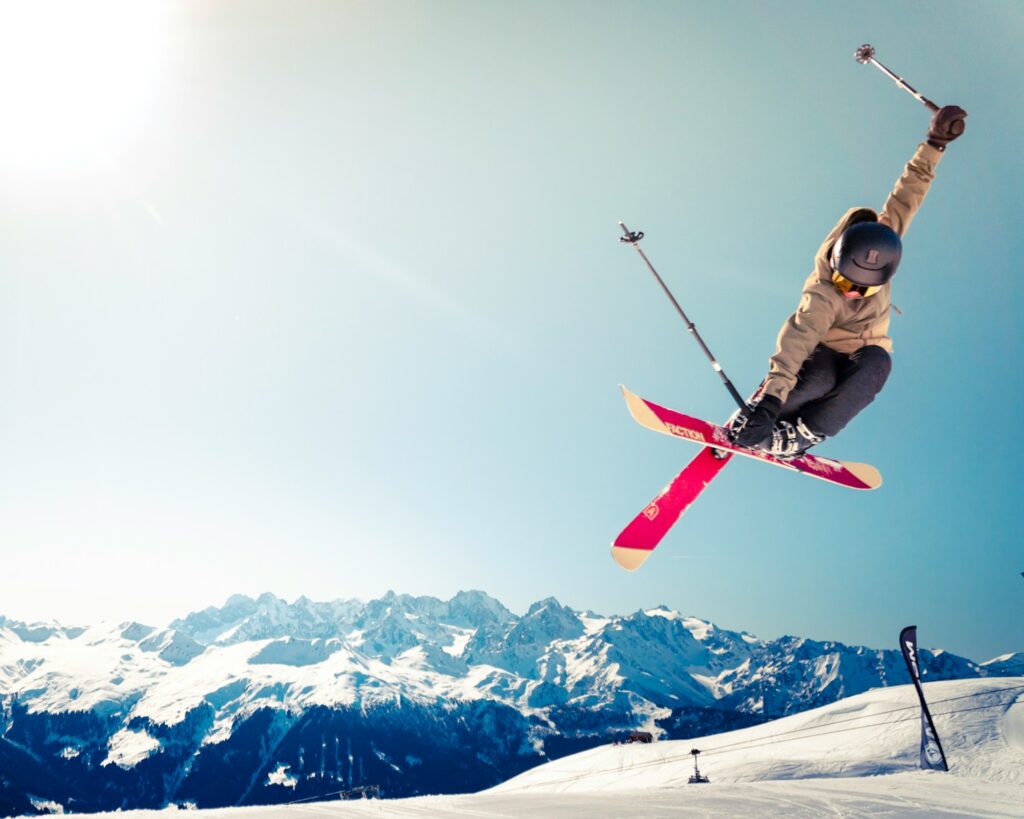
Cross-country skiing stands as one of the most demanding endurance activities, engaging approximately 90% of your muscles while delivering both cardiovascular and strength benefits. The sport can burn up to 600-900 calories per hour for a recreational skier, exceeding most other forms of exercise in terms of caloric expenditure. The rhythmic, low-impact nature of skiing makes it gentle on joints while still building remarkable endurance and upper-body strength. Snowshoeing, while less technique-dependent, still provides an excellent workout, burning approximately 400-500 calories per hour depending on snow conditions and terrain. The activity particularly strengthens leg muscles and core stability as you navigate through snow, with the added resistance of lifting snowshoes with each step creating a more intense workout than regular hiking. Both activities significantly elevate your heart rate and improve cardiovascular fitness, though cross-country skiing typically yields higher intensity for the same perceived effort.
Equipment Costs and Considerations
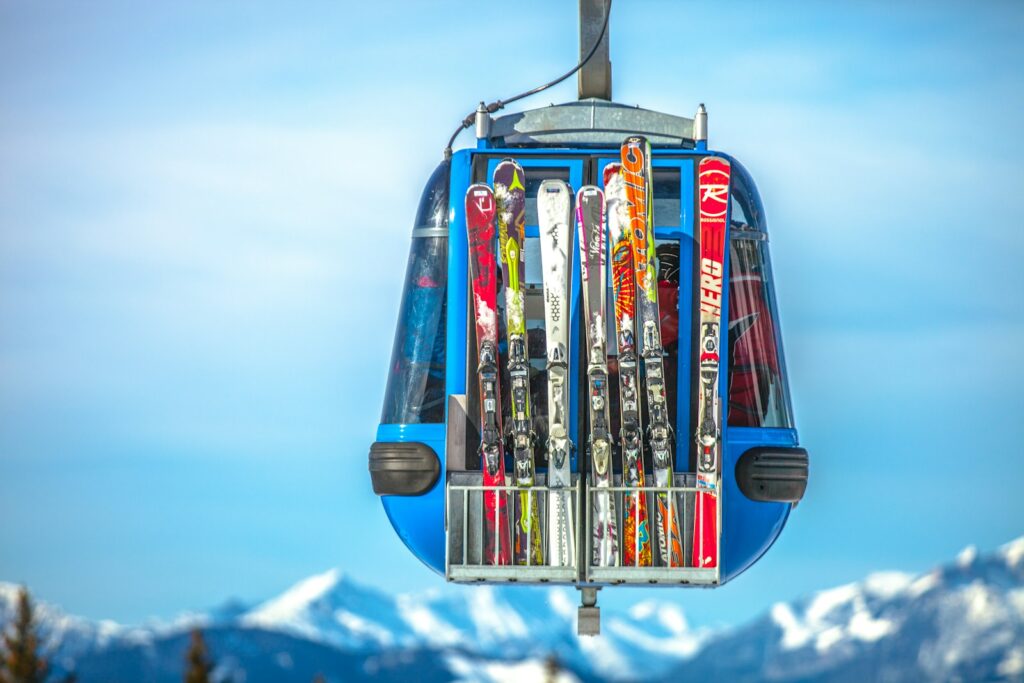
The financial investment differs considerably between these winter activities, with cross-country skiing generally requiring a larger initial outlay. A complete cross-country ski package including skis, boots, bindings, and poles typically ranges from $300-$800 for entry-level equipment, with high-performance gear easily exceeding $1,000. Skis must be properly sized according to weight and height, and different models suit different snow conditions and techniques. Snowshoeing presents a more budget-friendly option, with quality recreational snowshoes ranging from $100-$300, plus the cost of appropriate winter boots and clothing you might already own. The simplicity of snowshoe equipment also means fewer maintenance concerns and less technical knowledge required for selection. For occasional winter recreationists, many outdoor centers and parks offer rental options for both activities, allowing you to test before investing in your own equipment.
Terrain Accessibility and Trail Options

Cross-country skiing performs optimally on groomed trails with set tracks, though advanced skiers can venture into ungroomed backcountry terrain with appropriate equipment. The activity requires a minimum snow depth of about 4-6 inches for comfortable skiing, and performance diminishes significantly on extremely steep terrain or in very deep, unpacked snow. Many ski resorts, state parks, and dedicated Nordic centers maintain networks of groomed cross-country trails, often requiring day passes or season memberships. Snowshoeing, by contrast, offers nearly unlimited terrain options with minimal snow depth requirements—even just a few inches provides adequate conditions. Snowshoers can comfortably navigate steeper slopes, dense forests, and deep powder that would challenge skiers, opening up vast wilderness areas for exploration. This versatility makes snowshoeing particularly valuable for accessing remote areas or when traveling in variable snow conditions.
Speed and Distance Considerations

One of the most significant differences between these activities lies in the potential speed and distance covered. Cross-country skiing enables considerably faster travel, with recreational skiers comfortably covering 4-6 miles per hour on groomed terrain, allowing exploration of 10-15 miles in a half-day outing. The gliding efficiency of skis means less energy expenditure per mile compared to the lifting motion required in snowshoeing. Snowshoers typically travel at walking speed or slightly slower—around 1-2 miles per hour in average conditions—making it better suited for shorter explorations or when the journey itself, rather than distance covered, is the primary goal. For photography enthusiasts, wildlife watchers, or those seeking a meditative outdoor experience, the slower pace of snowshoeing offers advantages, while those looking to cover substantial distances will appreciate the efficiency of cross-country skiing.
Social Aspects and Group Dynamics

Both activities can be enjoyed socially, but they create different group experiences due to their inherent characteristics. Cross-country skiing, particularly on groomed trails, often requires participants to maintain similar paces to stay together, as stopping and waiting can disrupt rhythm and cause cooling. The linear nature of many ski trails means groups often spread out according to ability levels, potentially limiting conversation and shared experiences during the activity itself. Snowshoeing tends to be more conducive to group outings with mixed ability levels, as the pace is naturally slower and participants can more easily walk side by side on open terrain. Stopping for breaks, photography, or wildlife observation integrates more seamlessly into snowshoeing outings, fostering a more social atmosphere. Both activities culminate wonderfully with group gatherings for hot beverages and shared stories about the day’s adventures.
Wildlife Viewing and Nature Connection

For nature enthusiasts, both activities offer unique advantages for wildlife observation and connecting with winter ecosystems. Snowshoeing typically produces less noise than the scraping sounds of skis, potentially allowing closer approaches to wildlife before detection. The slower pace and ability to navigate through forests and varied terrain gives snowshoers access to diverse habitats where wildlife might seek winter shelter. Cross-country skiing covers more ground, increasing the statistical likelihood of wildlife encounters across broader territories. The higher vantage point while skiing also improves visibility across open meadows and valleys. Both activities allow participants to reach remote areas far from motorized access, where animals may be less habituated to human presence and display more natural behaviors, creating memorable encounters with winter-adapted species.
Safety Considerations in Winter Environments
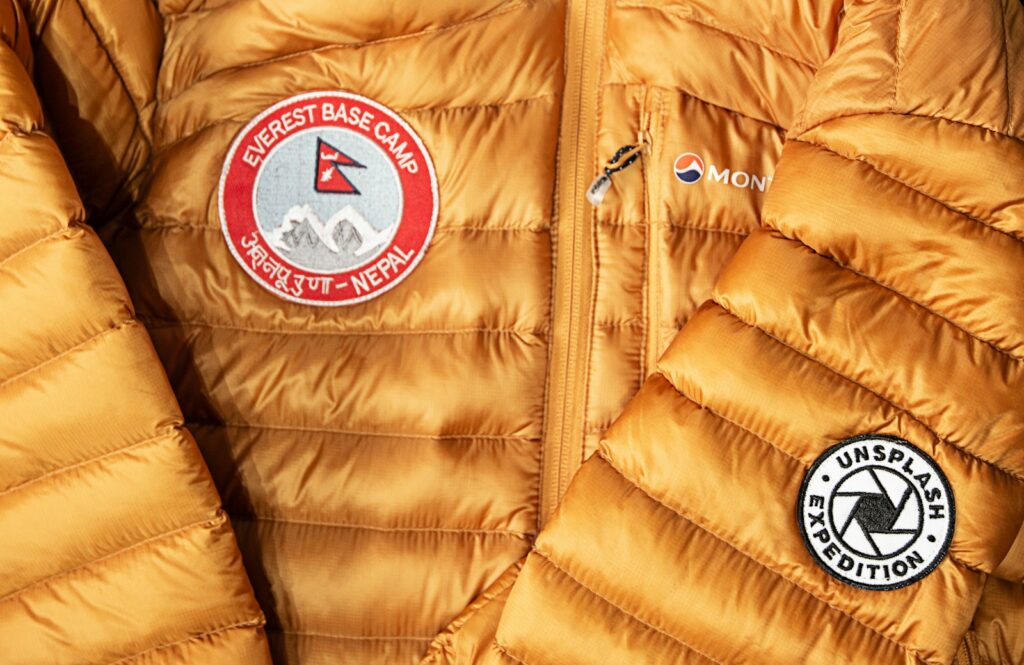
Winter outdoor activities carry inherent risks that require preparation and awareness, though these vary somewhat between skiing and snowshoeing. Cross-country skiing involves higher speeds and greater potential for falls, particularly on downhill sections or when navigating turns. The longer equipment can also prove challenging when traversing obstacles or breaking through unexpected terrain features. Snowshoeing generally offers more stability and slower speeds, reducing fall risks, though the trade-off comes with greater physical exertion that can lead to sweating and subsequent chilling if clothing layers aren’t managed properly. Both activities require appropriate winter clothing systems, navigation tools, emergency supplies, and awareness of avalanche dangers in mountainous terrain. Understanding weather forecasts, daylight limitations, and having contingency plans remains essential regardless of which activity you choose.
Combining Both Activities for Versatility
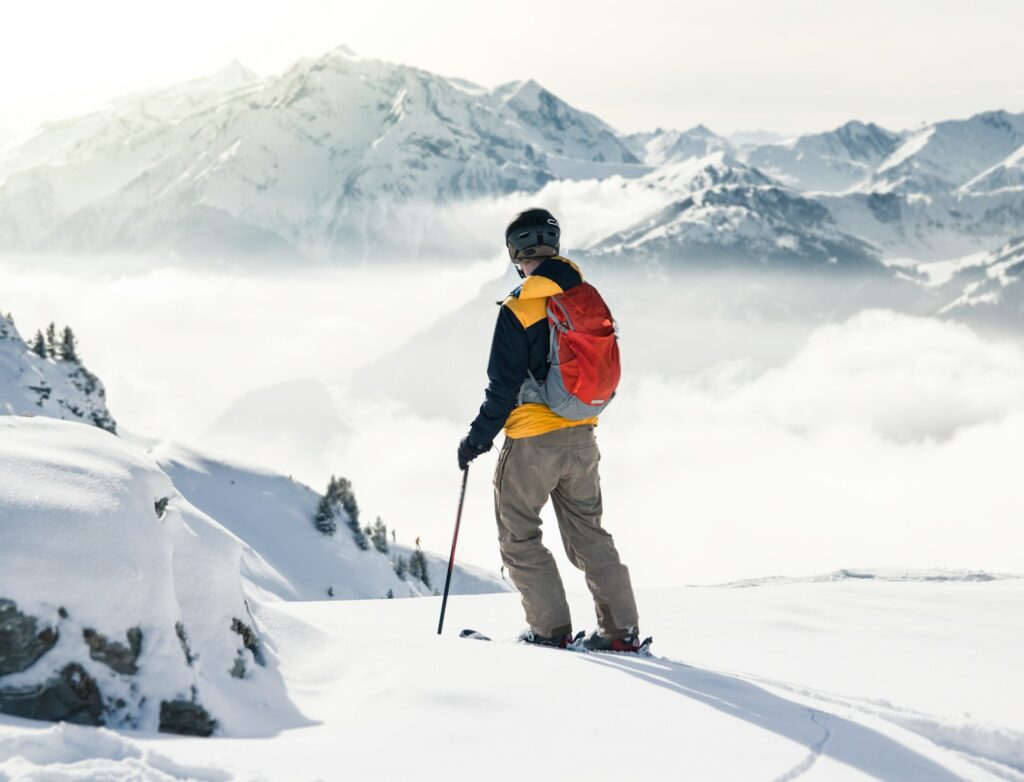
Many winter enthusiasts eventually incorporate both activities into their outdoor repertoire, using each for its specific advantages in different conditions. Some adventurers use specialized equipment like Nordic backcountry skis with partial climbing skins for approaches to remote areas, then switch to snowshoes for exploring steeper terrain once they’ve reached their destination. Increasingly popular “alpine touring” or “skimo” (ski mountaineering) setups combine elements of both disciplines, allowing efficient travel across varied topography. For those just starting their winter recreation journey, beginning with snowshoeing offers an accessible entry point with minimal skill development required. As confidence and winter travel experience grow, adding cross-country skiing provides another dimension to winter exploration, particularly for covering longer distances on gentler terrain.
Choosing Based on Personal Preferences

The decision between cross-country skiing and snowshoeing ultimately comes down to personal preferences, fitness goals, and the type of experience you seek. If you enjoy activities requiring technical skill development, appreciate the flowing sensation of gliding across snow, and want to cover substantial distances, cross-country skiing likely offers the more satisfying experience. For those who prefer immediate accessibility with minimal learning curve, enjoy meditative slower-paced exploration, or want to navigate varied terrain including steeper slopes and deeper snow, snowshoeing provides the better match. Your location also influences this decision—areas with extensive groomed trail networks favor skiing, while regions with limited trail maintenance or mountainous terrain might better suit snowshoeing. Many enthusiasts find that starting with snowshoeing builds winter confidence before potentially adding skiing to their repertoire.
Conclusion: Embracing Winter’s Unique Opportunities

Whether you choose cross-country skiing, snowshoeing, or eventually both, these activities open doorways to winter landscapes that remain inaccessible to many. They transform what some consider the “off-season” into a magical period of exploration and connection with nature’s quietest season. The slight whisper of skis gliding across snow or the soft crunch of snowshoes breaking trail creates memories fundamentally different from summer hiking experiences. Rather than viewing the decision as an either/or proposition, consider your immediate goals, local terrain, fitness level, and learning preferences to guide your initial choice. Winter’s ephemeral beauty—frost-covered branches catching morning light, animal tracks telling stories across fresh snow, the hushed silence after a snowfall—awaits discovery regardless of which mode of travel you select. The most important decision isn’t which activity to choose, but simply making the commitment to venture outdoors and embrace winter’s unique offerings.

